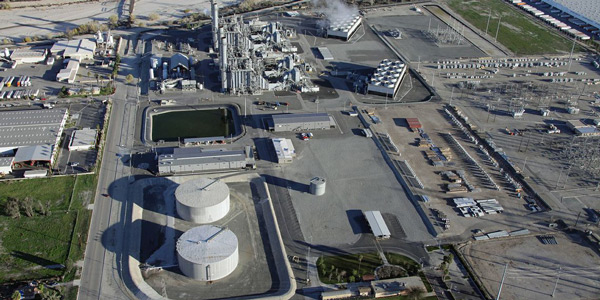By Jason Fordney
California electricity sellers are cautiously supportive of CAISO’s proposal to permanently assume authority to limit output from gas-fired generators as an emergency response to possible limitations on gas deliveries.
But the ISO’s Department of Market Monitoring (DMM) said the grid operator has not fully justified its gas-electric coordination straw proposal and concerns need to be addressed before it would recommend approval by the Board of Governors or FERC.
CAISO last month proposed imposing the gas-electric coordination measures across both the ISO and the Western Energy Imbalance Market (EIM). (See Plan Would Apply Aliso Canyon Measures Across CAISO, EIM.) The curtailments previously were limited to the area in Southern California affected by the massive gas escape from Aliso Canyon, which since October 2015 has been subject to ongoing withdrawal restrictions.
“The draft final proposal does not address many of the key concerns from the straw proposal highlighted by DMM,” the Monitor said. While the ISO has said the constraints have been effective, it “has not provided much analysis or explanation as to how well the constraints worked.”
The department said its support of gas price scalars used to distinguish resources affected by the gas limitations from the rest of the ISO market areas is dependent on the results of its analysis as to whether they are warranted. The scalars would be applied to the next-day gas index published the morning of the day-ahead market run to calculate cost estimates.
Power sellers are evaluating the effect of the measures, which target not only Aliso Canyon but other storage and delivery constraints on the system. Natural gas can be diverted to address heating needs, as it was over four days in January when CAISO constrained gas plant output.
In comments filed with CAISO, Portland General Electric (PGE) — which will join the EIM in October — said “this administrative measure needs to be characterized in the filing as a last-resort option, deployable for the specific purpose of maintaining system reliability during outlier events.” Market-based solutions are preferable, and the utility requested that the ISO work on needed price formation and bidding enhancements.
PGE asked what would be the likely effect of the policy on LMPs, as well as whether it would undermine market participants’ ability to manage risk. PGE and Pacific Gas and Electric both wondered what exact events or evaluations would cause the constraints to kick in.
The Western Power Trading Forum said: “The ISO’s explanation as to why extending the Aliso Canyon measures to the entire footprint would help to protect reliability under certain extreme conditions is reasonable; however, it should be noted that no other ISO has such authority to disrupt the market in such a way, and that under the EIM, the individual balancing authorities remain responsible for ensuring the reliability of their system.” The group said its support is contingent on the scalars remaining at the current place and across the entire EIM footprint.
The California Public Utilities Commission is also exploring whether to shut down Aliso Canyon entirely. (See Study to Weigh Aliso Canyon Shutdown.) Residents near the facility still complain about health problems they say are associated with the leak, putting more pressure on elected officials and regulators to respond to the local impact.




